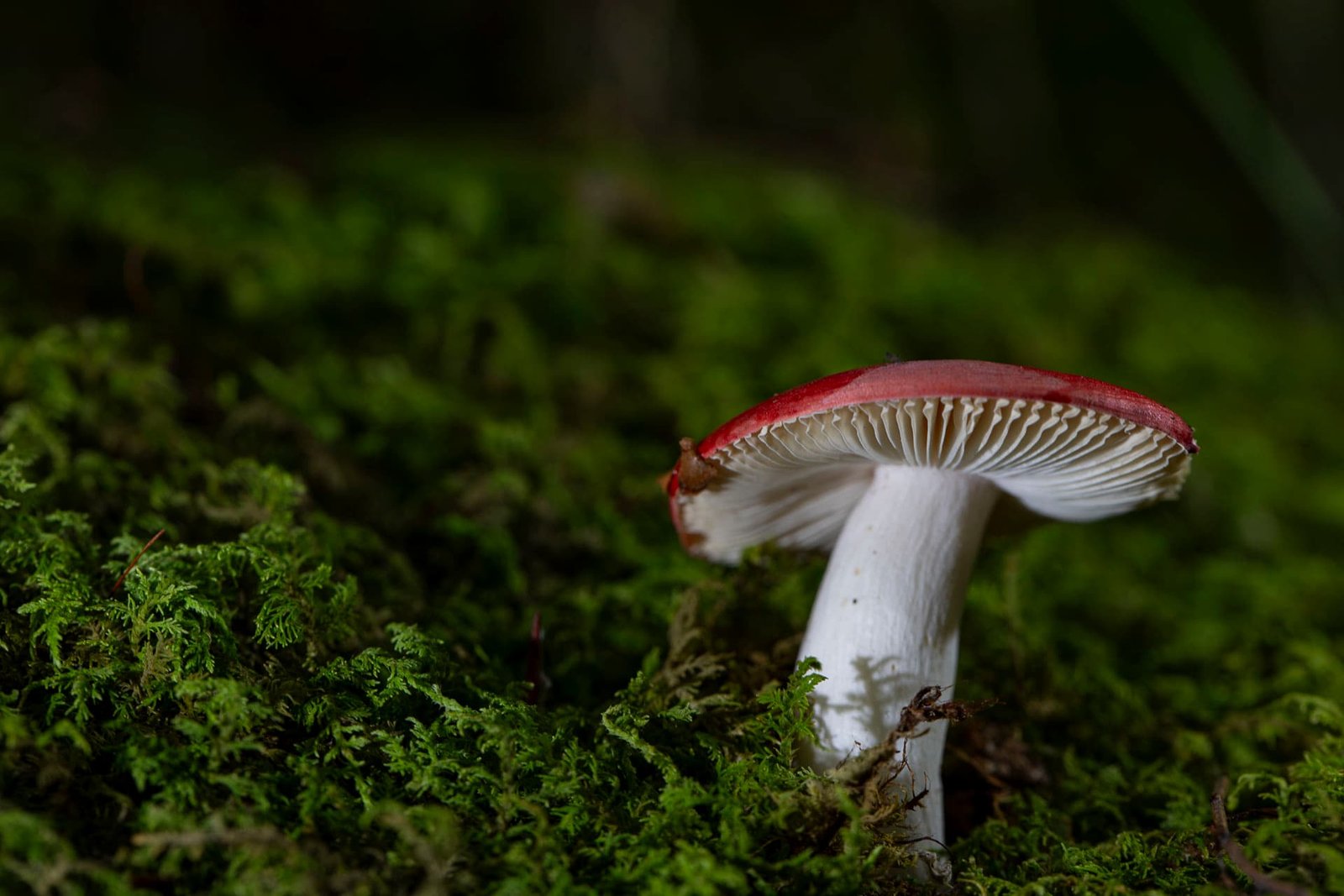The Appalachian Mountains, a vast and ancient mountain range that stretches across the eastern United States, are renowned for their breathtaking natural beauty and incredible biodiversity. While many are familiar with the region’s stunning landscapes and diverse wildlife, the hidden world of mushrooms in the Appalachian Mountains often goes unnoticed. In this blog post, we’ll delve into the fascinating world of these fungi, exploring their diversity, ecological roles, and the allure they bring to the region.
Diverse Fungal Kingdom
The Appalachian Mountains boast an astonishing variety of mushroom species. From the forest floors to the higher elevations, these fungi can be found in various shapes, sizes, and colors. Some are easily recognizable, such as the iconic Amanita muscaria, with its distinctive red cap and white speckles. Others are more cryptic, blending into their surroundings, waiting for keen-eyed foragers to discover them.
Many edible and medicinal mushrooms also call the Appalachians home, including the delectable Morel (Morchella), prized by foragers for its nutty flavor, and the Reishi mushroom (Ganoderma lucidum), known for its potential health benefits and use in traditional medicine. Mushroom enthusiasts often venture into the mountains during the spring and fall seasons to hunt for these culinary treasures.
Ecosystem Contributors
Mushrooms play crucial roles in the Appalachian ecosystems. As saprophytes, they break down dead organic matter, recycling nutrients and contributing to the health of the forest. Mycorrhizal species form symbiotic relationships with trees, facilitating nutrient exchange and enhancing the resilience of the forest ecosystem. Some fungi, like the Chicken of the Woods (Laetiporus), are even capable of breaking down lignin, a challenging component of plant cell walls.
Moreover, mushrooms offer a vital food source for various wildlife, including deer, squirrels, and insects. Additionally, they provide shelter for countless small creatures, such as insects and microorganisms, making the mushroom-laden Appalachian forests a thriving microcosm of life.
Fungal Foraging
Mushroom foraging has become a beloved pastime for many in the Appalachian region. Enthusiasts take to the woods, armed with baskets and field guides, to seek out these hidden gems. However, foraging for wild mushrooms comes with risks, as some species can be toxic or inedible. It’s imperative to educate oneself thoroughly and consider going with an experienced forager to ensure a safe and enjoyable experience.
Festivals and Events
The appreciation of mushrooms in the Appalachian Mountains extends beyond foraging. Numerous festivals and events celebrate the fungi’s beauty and culinary possibilities. For instance, the National Morel Mushroom Festival in Boyne City, Michigan, gathers mushroom lovers from all over to share their knowledge, enjoy live music, and, of course, savor delicious morel dishes.
Conclusion
Mushrooms are the unsung heroes of the Appalachian Mountains, contributing to the region’s ecology and captivating enthusiasts with their beauty and culinary potential. While the mountains are celebrated for their vistas and wildlife, the intricate world of fungi beneath our feet adds a layer of enchantment to the natural wonder of the Appalachians. Whether you’re an experienced forager, a mycophile, or simply an admirer of the natural world, the Appalachian Mountains offer a fungal wonderland that’s worth exploring. So, the next time you venture into the ancient forests of Appalachia, don’t forget to look down and discover the diverse, mysterious, and captivating world of mushrooms.



